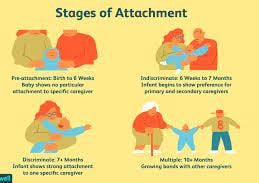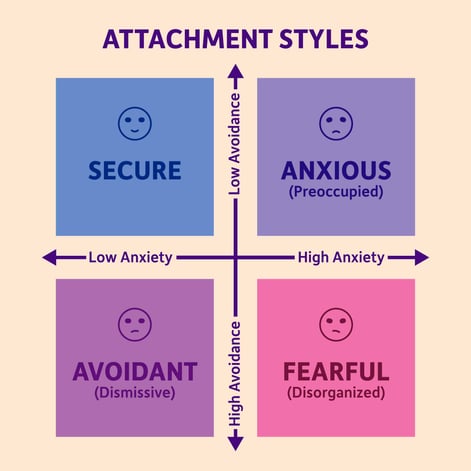



Overview
Attachment theory explains how early relational patterns shape emotional security, communication, and intimacy throughout life. Rooted in childhood bonds with caregivers, attachment styles influence adult relationships, self-perception, and responses to stress and connection.
Understanding one’s attachment style—whether Secure, Anxious, Avoidant, or Fearful-Avoidant—provides insight into relationship dynamics, emotional triggers, and personal growth areas. Recognizing these patterns helps individuals develop healthier relationships, improve communication, and cultivate deeper emotional resilience.
Life Transitions Readings
Attachment styles influence how individuals move through cycles of change, crisis, and adaptation. Life transitions such as new relationships, career shifts, loss, or personal reinvention can either reinforce old attachment patterns or serve as opportunities for transformation.
Secure Attachment: Navigates transitions with confidence, open to emotional support, adapts well to change.
Anxious Attachment: May struggle with uncertainty, seeking constant reassurance while fearing abandonment.
Avoidant Attachment: Tends to withdraw during change, relying on independence rather than vulnerability.
Fearful-Avoidant Attachment: Experiences inner conflict between craving closeness and resisting intimacy, leading to unpredictable responses during life shifts.
Understanding attachment tendencies provides a roadmap for conscious transformation. By recognizing how one’s style interacts with life transitions, individuals can cultivate emotional resilience, deeper self-awareness, and healthier relational patterns.
Baby and Child Readings
Attachment forms early in life, shaping how a child relates to caregivers and the world. Rather than being fixed, attachment is a developmental process that evolves through cycles of security, distress, and repair.
Secure Attachment: The child explores confidently, trusts caregivers, and learns emotional self-regulation.
Anxious Attachment: Shows clinginess, heightened distress upon separation, and intense emotional reactions.
Avoidant Attachment: Prefers solitude, downplays emotional needs, and may resist relying on caregivers.
Fearful-Avoidant Attachment: Alternates between seeking comfort and pushing caregivers away, displaying inconsistency.
Children’s attachment behaviors shift depending on parental responsiveness, temperament, and developmental milestones. By recognizing a child’s attachment cycle, caregivers can provide consistent support, emotional attunement, and safe exploration, reinforcing long-term relational health.
Couples Synergy Readings
Attachment styles in relationships follow predictable relational cycles, where partners mirror, trigger, and influence one another’s attachment tendencies. Conflict and intimacy cycles within relationships are often rooted in these underlying patterns.
Secure + Secure: Both partners communicate openly, trust each other, and provide emotional stability.
Anxious + Avoidant: One seeks closeness, the other withdraws, leading to a cycle of pursuit and distancing.
Fearful-Avoidant + Any Style: Displays mixed signals, oscillating between emotional intensity and detachment, creating instability.
Rather than viewing attachment styles as fixed traits, couples benefit from seeing them as adaptive responses that can evolve. By recognizing relational cycles, couples can interrupt unconscious patterns, improve emotional connection, and establish healthier attachment dynamics over time.